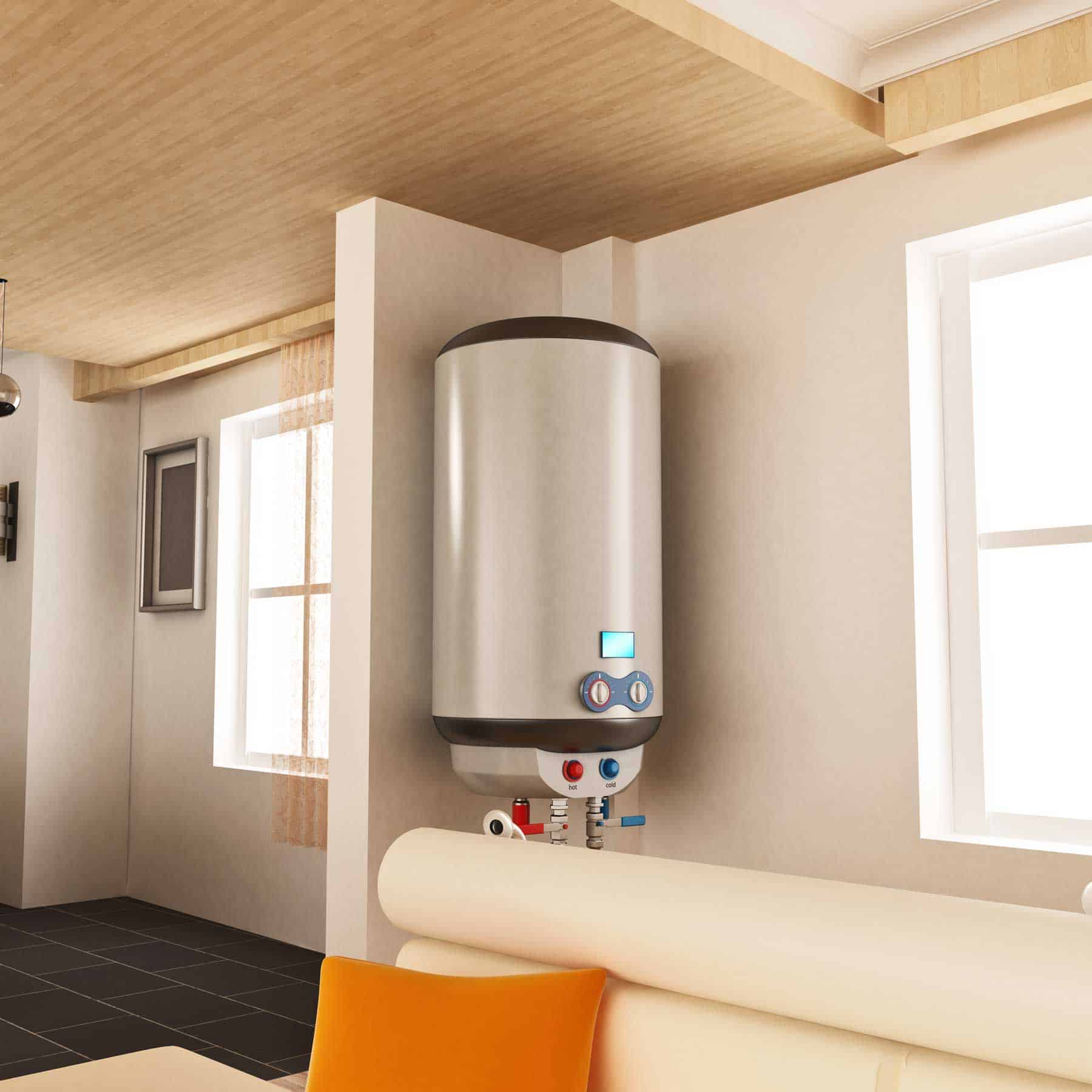Have you been trying to locate ideas involving How to Maintain a Hot Water Heater in a Few Simple Steps?
:max_bytes(150000):strip_icc()/how-to-drain-a-water-heater-2719055-hero-35f0548b0f1f42f0b13ba96a33ab8da2.jpg)
Hot water is essential for day-to-day convenience, whether it's for a rejuvenating shower or washing meals. To guarantee your warm water system runs successfully and lasts longer, normal maintenance is vital. This short article provides practical tips and understandings on exactly how to preserve your home's hot water system to avoid disturbances and costly fixings.
Introduction
Preserving your home's warm water system may appear difficult, yet with a couple of basic steps, you can guarantee it operates smoothly for many years to find. This guide covers whatever from recognizing your warm water system to DIY maintenance tips and understanding when to call professional assistance.
Relevance of Maintaining Your Hot Water System
Routine upkeep not only extends the life expectancy of your warm water system yet also ensures it operates successfully. Neglecting maintenance can result in reduced effectiveness, greater power costs, and even premature failure of the system.
Indications Your Warm Water System Demands Upkeep
Knowing when your hot water system needs attention can stop significant issues. Look out for signs such as inconsistent water temperature, odd sounds from the heater, or rustic water.
Flushing the Water Heater
Purging your water heater removes sediment buildup, improving efficiency and prolonging its life.
Monitoring and Changing Anode Rods
Anode rods prevent corrosion inside the tank. Inspecting and changing them when broken is critical.
Facility Problems Needing Expert Help
Examples consist of significant leaks, electrical issues, or if your hot water heater is constantly underperforming.
Routine Professional Maintenance Conveniences
Specialist maintenance can consist of complete assessments, tune-ups, and making sure compliance with safety criteria.
Evaluating and Changing Temperature Settings
Readjusting the temperature level settings makes certain optimum performance and safety.
DIY Tips for Maintenance
You can execute a number of maintenance jobs yourself to maintain your warm water system in top condition.
Looking for Leaks
Regularly evaluate pipes and links for leaks, as these can cause water damages and greater bills.
Comprehending Your Warm Water System
Before diving right into maintenance jobs, it's practical to understand the standard components of your warm water system. Usually, this includes the hot water heater itself, pipes, anode poles, and temperature controls.
Regular Monthly Maintenance Tasks
Regular regular monthly checks can help capture minor problems prior to they intensify.
Examining Pressure Relief Valves
Examining the stress safety valve ensures it operates correctly and stops excessive pressure accumulation.
Protecting Pipelines
Insulating hot water pipelines reduces warm loss and can save power.
When to Call a Professional
While do it yourself upkeep is advantageous, some concerns require expert experience.
Conclusion
Normal maintenance of your home's hot water system is necessary for efficiency, durability, and expense financial savings. By following these ideas and knowing when to seek expert assistance, you can make certain a reputable supply of hot water without unexpected disturbances.
How to Maintain an Instant Hot Water Heater
Before tinkering with your hot water heater, make sure that it’s not powered on. You also have to turn off the main circuit breaker and shut off the main gas line to prevent accidents. Also turn off the water valves connected to your unit to prevent water from flowing into and out of the appliance. 2. When you’re done, you have to detach the purge valves’ caps. These look like the letter “T†and are situated on either side of the water valves. Doing so will release any pressure that has accumulated inside the valves while at the same time avoid hot water from shooting out and burning your skin. 3. When the purge valves’ caps are removed, you have to connect your hosing lines to the valves. Your unit should have come with three hoses but if it didn’t, you can purchase these things from any hardware or home repair shops. You can also get them from retail stores that sell water heating systems. Read the user’s manual and follow it to complete this task properly. When the hosing lines are connected, open the purge port’s valves. 4. You should never use harsh chemical cleaners or solutions when cleaning your unit. Make use of white vinegar instead. It should be undiluted and you’ll probably use about 2 gallons. 5. Now flush your water heater. This task should probably take about 40 minutes. We can’t give you specific directions for this because the procedure is carried out depending on the type, model and brand of your heater. With that being said, refer to the user’s manual. 6. When you’re done draining the unit, you have to turn off the purge port valves again. Remove the hosing lines that you earlier installed on each of the water valves. Put the valve caps (purge port) back in their respective places and be very careful so as not to damage the rubber discs that are found inside these caps. 7. Now that everything’s back in place, check your user’s manual again to find out how to reactivate your water heating system. 8. Once it is working, turn one of your hot water faucets on just to let air pass through the heater’s water supply pipes. Leave the tap on until water flows smoothly out of it. https://www.orrplumbing.com/blog/2014/september/how-to-maintain-an-instant-hot-water-heater/

As a serious person who reads on How to Maintain Your Water Heater & Prolong its Life, I thought sharing that excerpt was a smart idea. Sharing is good. Helping people is fun. Thank you for being here. Return soon.
Click Here